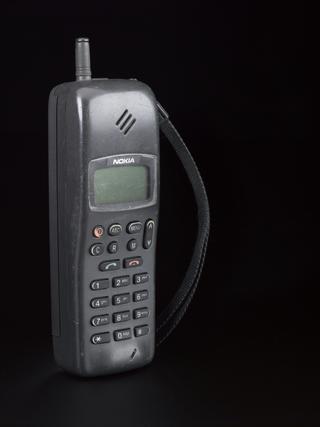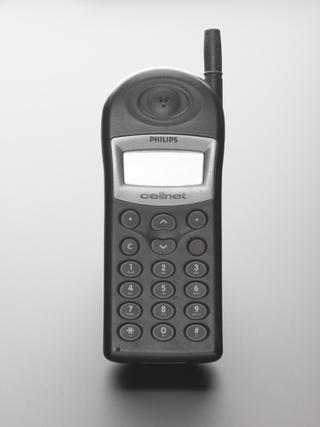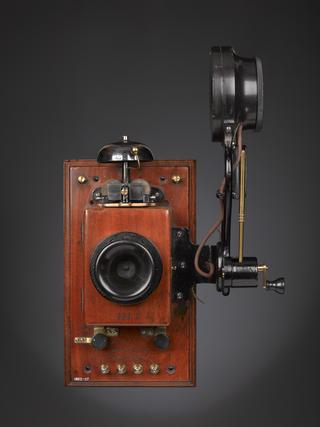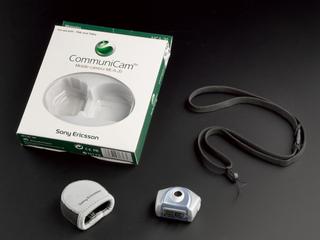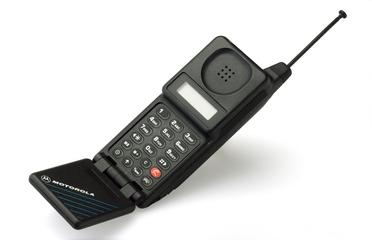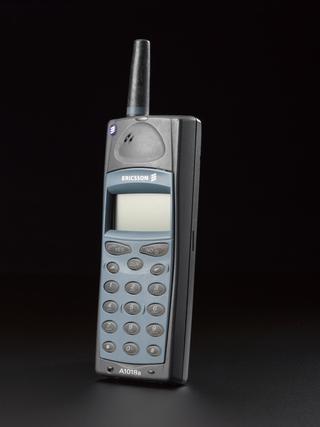






Wheatstone automatic tape transmitter, unknown maker, England, 1840-1860.
Alexander Bain invented the perforated tape telegraph transmitter but Charles Wheatstone took the idea for his own automatic telegraph system. It economised on line capacity because the transmitter could send much faster than a human operator. A hand-operated punch was used to prepare the perforated slip: two holes opposite each other indicated a Morse dot and two holes at an angle indicated a dash. At the receiving end, the message was recorded on a Morse inker. The system was widely used in Britain and many other countries in the later nineteenth century and became synonymous with Wheatstone. In developed and motorised form it remained in use until the mid-twentieth century.
Details
- Category:
- Telecommunications
- Object Number:
- 1964-83
- Materials:
- metal (unknown), copper (alloy), wood (unidentified) and textile
- Measurements:
-
overall: 240 mm x 300 mm x 190 mm, 7.5 kg
- type:
- telegraph peripheral
- credit:
- Donated by BT Heritage and Archives
